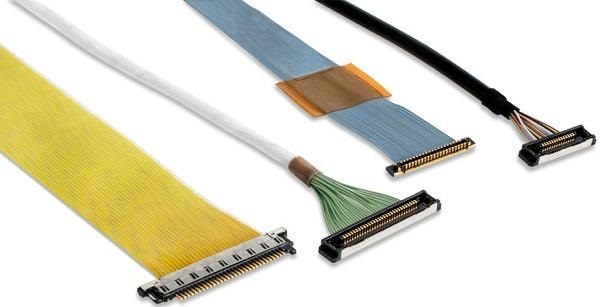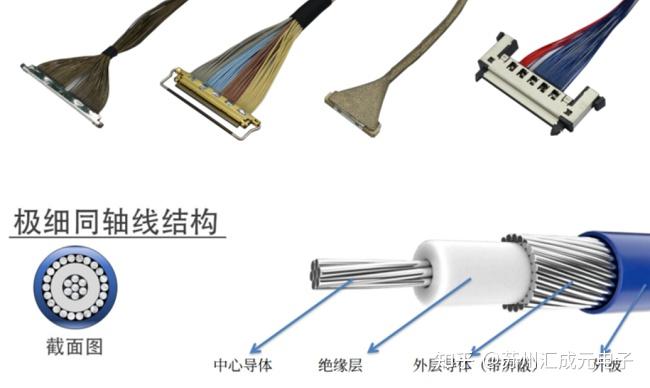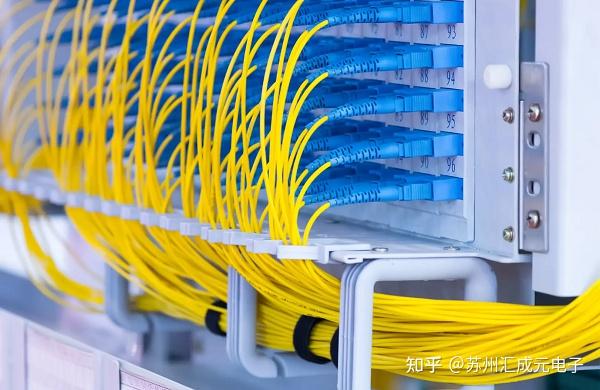Categorization:Harness Component
In electronic devices and communication systems, the choice of signal transmission method often determines the overall performance. With the development of high-speed transmission and miniaturization, extremely thin coaxial cables (micro coaxial cable) and optical fibers have become two schemes that engineers often compare. Then, in terms of signal loss, which scheme is more optimal?
The characteristics of ultra-fine coaxial lines
Extremely thin coaxial cables are composed of an inner conductor, a dielectric layer, and a shielding layer, and can achieve high-speed signal transmission at extremely small diameters. Their shielding layer can effectively resist external electromagnetic interference and ensure signal stability. However, coaxial cable signals are transmitted in the form of current in metal conductors, and therefore there are several types of losses: conductor loss: conductors have resistance, and skin effect under high frequencies will increase loss; dielectric loss: insulating materials will absorb some energy; length dependence: the longer the cable, the greater the loss, especially evident in the GHz frequency band; installation factors: bending, poor connections, impedance mismatch, etc. will increase signal reflection and attenuation. Therefore, extremely thin coaxial cables are more suitable for short-distance high-speed interconnections, such as internal connections in mobile phones, tablets, medical devices, or automation equipment.
Optical fiber characteristics
Optical fibers transmit data through light signals, relying on the principle of total internal reflection. Their greatest advantage is ultra-low loss: single-mode fibers have an attenuation of only 0.2~0.3 dB/km at the commonly used 1550nm wavelength; over distances of several hundred meters to several kilometers, energy loss is almost negligible. At the same time, optical fibers are not affected by electromagnetic interference and have much stronger anti-interference capabilities than coaxial cables. Of course, there is some loss during splicing or connection, and extra attenuation can occur when the bending radius is too small, but the overall loss is much lower than that of coaxial cables over long distances.
Comparison of Application Scenarios
Short Distance (centimeters to a few meters): Extremely thin coaxial cables have obvious advantages in space-limited and high-speed interconnection applications, with lower cost and convenient installation.
Medium to long distances (hundreds of meters to kilometers): Fiber optics is almost irreplaceable, with its low loss and anti-interference capabilities ensuring stable and reliable transmission.
In special environments, ultra-fine coaxial cables are more flexible when high flexibility, repeated bending, and small volume are required; for pursuing bandwidth and low loss, optical fibers are the preferred choice.
Overall, when signal loss is the standard, optical fibers are clearly superior to ultra-thin coaxial cables in long-distance transmission, enabling low attenuation and high fidelity transmission. In short-distance high-speed interconnections, ultra-thin coaxial cables are still irreplaceable, possessing unique advantages in terms of size, flexibility, and engineering compatibility. Understanding the characteristics and application scenarios of both is necessary to make the most appropriate choice in actual design.
I am[Suzhou Hui Cheng Yuan Electronic], Long-term focused on the design and customization of high-speed signal cable harnesses and ultra-fine coaxial cable harnesses, committed to providing customers with stable and reliable high-speed interconnection solutions. If you have related needs or want to learn more, please contact:Manager Zhang 18913228573 (WeChat same number)。